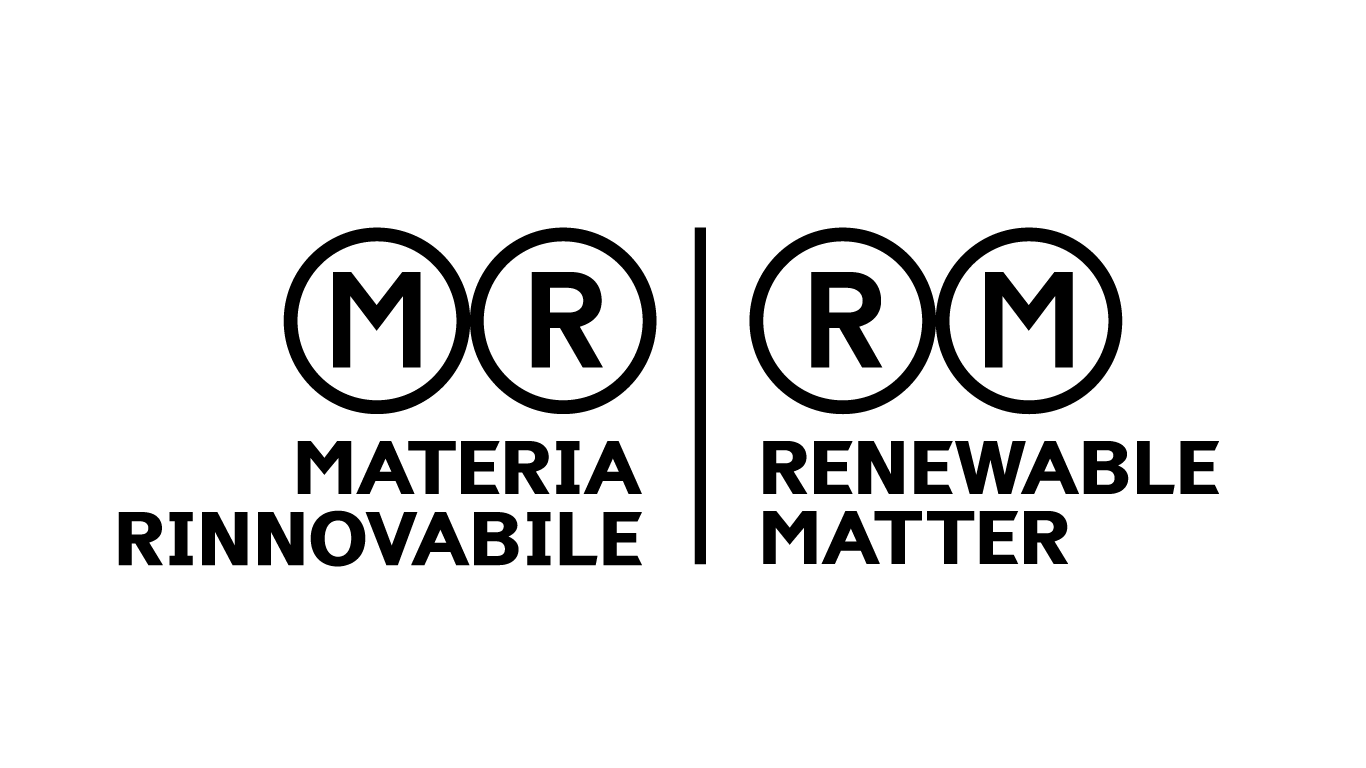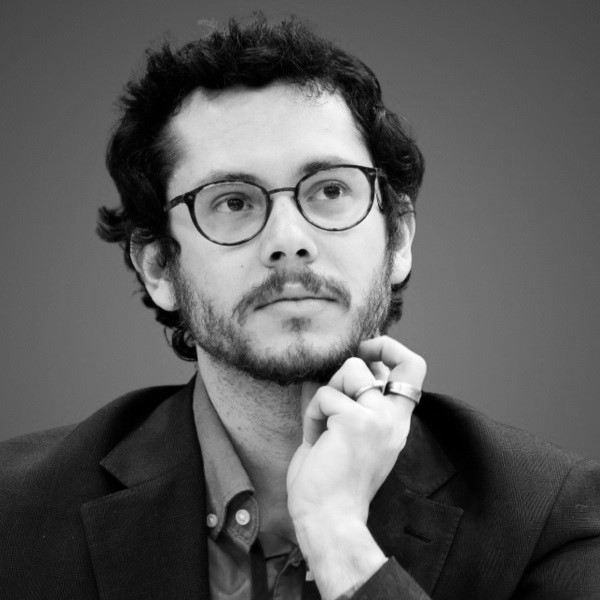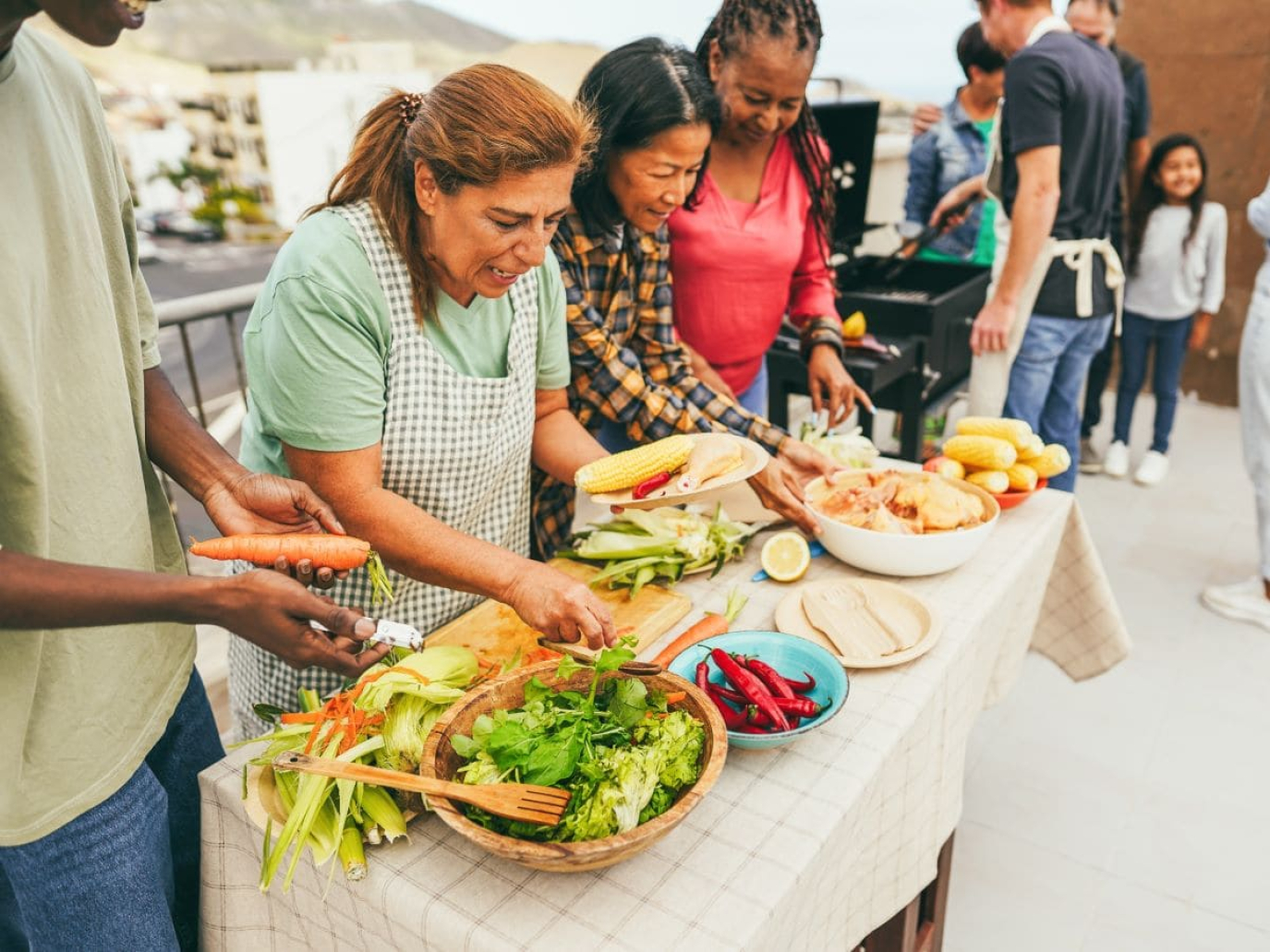
This article is also available in Italian / Questo articolo è disponibile anche in italiano
Across Europe, cities are rethinking how to tackle food waste. In Bruges, trained residents working within their own neighbourhoods helped reduce household food waste by 65 percent. In Milan, public kitchens began sourcing “imperfect” vegetables, shifting perceptions of quality through procurement. These examples point to a shared insight: food waste is often shaped less by infrastructure and more by the norms that guide everyday decisions. Norms define what people believe is acceptable, expected or typical.
This is the focus of Feeding People, Not Landfills, a new guidance document developed within the CHORIZO project. Drawing on behavioural science and tested city experiences, the guide presents an eight-step approach to designing interventions that shift social norms around food. It helps local governments work not just through policy, but through perception.
What this guidance is and why it matters
Many cities have pledged to halve food waste by 2030, following targets set by Sustainable Development Goal Target 12.3 and the EU Farm to Fork Strategy. These policies aim to reduce environmental impacts, improve food system efficiency and make better use of resources. Yet turning that ambition into practice remains difficult. Local governments can regulate infrastructure, but shifting everyday behaviours is a more complex task.
This is where social norms come into play. These are the shared beliefs about what is typical or expected within a community. They influence how food is purchased, prepared, shared and discarded. Local governments often overlook their role. The guidance developed through the CHORIZO project helps municipalities recognise these dynamics and design interventions that work with them.
Some cities are already applying this logic. In Valongo, Portugal, the municipality partnered with contractors and redistribution networks to promote food donation and reuse. A clear and consistent message helped make these actions feel normal rather than exceptional.
The invisible levers: what social norms really are
In Porto, adjusted procurement rules favoured local, seasonal and imperfect produce, subtly shifting perceptions of what belongs on a plate. This is the power of social norms. These are the shared beliefs about what is typical or expected in a group. Norms guide how people decide what food to buy, how much to cook, and what can be reused or discarded. They are powerful precisely because they are rarely questioned.
The CHORIZO guidance defines two types: descriptive norms, based on what people believe others are doing, and injunctive norms, based on what they believe others expect. Both shape food practices. Norms can also evolve. They can reflect what people currently do, or suggest a shift already underway. Saying that more households are now avoiding plate waste can be more motivating than saying that most do not. Framing matters.
To place these dynamics within a wider framework, the guidance uses the MOA model: Motivation, Opportunity, Ability. Norms fall under motivation. A resident may know how to store food properly and understand its value (ability), and may also have the time, equipment, and planning needed to do so effectively (opportunity). Yet they might only begin acting on this knowledge when they observe others doing the same. Norms can reinforce wasteful behaviour or help challenge it. The first step is learning to recognise which norms are in play.
Where cities can intervene
Local governments may not control how food is produced or regulated at the national level, but they have direct influence over how food is procured, consumed, discussed and discarded in local contexts. The CHORIZO guidance outlines five strategic areas where municipalities can act on food waste by working with social norms.
Leadership is one. Public commitments and strategic integration send signals. Milan and Paris linked food waste reduction to sustainability and social equity, clarifying its importance. Procurement also shapes norms. Public meals in schools, hospitals or community kitchens influence both what food is served and what food is wasted. In Porto, the municipality adjusted its procurement rules to favour seasonal, local and imperfect produce. This not only reduces food waste but also reshapes perceptions of what counts as quality food.
Cities can also work through partnerships. Community actors such as food banks, schools, supermarkets or civil society groups play a major role in shaping local food culture. In Valongo, Portugal, the municipality partnered with contractors and redistribution networks to strengthen food donation. Coordination across actors helped normalise these practices and gave them social legitimacy.
Even waste collection systems shape expectations. Infrastructure decisions can either normalise waste or call it into question. Systems like Pay As You Throw, signage in food markets, or the design of composting bins make waste more visible and show that it can be avoided. These signals help frame food waste not as inevitable, but as a shared responsibility. In each of these areas, cities are not simply policy-makers. They are agents of behavioural change. The guidance gives them the tools to act with intention.
How to take action
Bruges offers a clear example of how cities can act on social norms. The municipality focused on a specific behaviour — reducing food waste in households. It trained local ambassadors who lived in the same neighbourhoods they worked in. These residents led by example and talked openly about how they managed food. The result was a 65 percent drop in household food waste among participating households.
The CHORIZO guidance builds on this type of action and breaks it into eight clear steps. The first is to define the behaviour to change. Not a general goal, but something precise: less plate waste in schools, more food donations from retailers. Clarity makes the intervention possible.
Next is understanding the audience. Using the MOA model helps cities analyse what motivates people, what opportunities or barriers they face, and what abilities they already have. This is followed by identifying the norms that may be shaping the behaviour. Are they rooted in convenience, in habits, in shared assumptions?
Once the norms are clear, cities can decide whether to amplify, introduce or challenge them. This decision informs the strategy. Planning then determines how the message or behaviour will be introduced, where, when and by whom. The Bruges example shows that peers are often the most effective messengers.
Cities also need to reality check their approach. Are the messages inclusive? Do they work for different households? The next step is implementation, which is rarely linear. Piloting and adapting are part of the process. Finally, cities must evaluate what changes. That could mean reductions in waste, new donation streams, or shifts in perception. The aim is not to perfect the process, but to learn what works and adjust accordingly.
Rethinking waste, starting with norms
Food waste is not only a logistical problem. It is a behavioural one. Norms shape those behaviours. When cities treat norms as part of their strategy, they open up often overlooked paths to systemic impact. Feeding People, Not Landfills shows that cities already have the tools. Policies, partnerships and public messaging can all shift behaviours when aligned with how people think and act around food. Alongside this, the eight-step method offers a starting point. It is practical, adaptable and ready to apply.
The guide is available for download through the CHORIZO project and ICLEI’s CityFood programme. Acting on social norms is not only possible: it is essential. Cities that do so not only reduce waste, but create more aware, sustainable and resilient communities.
Cover: Envato image





